On 8th May 2024, a permanent exhibit opened in Djulber (aka Dulber) Palace, the former Crimean residence of Grand Duke Peter Nikolaevich. The exhibit is dedicated to the history of the palace and the events of the Russian Civil War, when members of the Imperial Family were being held there under house arrest.
In preparation of the exhibit, materials were studied, in order to preserve the history of Djulber, which includes unique historic documents and photographs, as well as artifacts from private collections.
The exhibit is a joint project of the State Archive of the Russian Federation (GARF), the Russian State Naval Archive, the Ministry of Culture of the Republic of Crimea, as well as the Vorontsov and Livadia Palaces, the Anton Chekhov House-Museum in Yalta and the Yalta Historical and Literary Museum.
The exhibit also presents copies of watercolors by Nikolai Krasnov, rare archival photographs of Grand Duchess Xenia Alexandrovna taken at Ai-Todor, letters, telegrams, pre-revolutionary newspapers, architectural plans and sketches of the palace by Grand Duke Peter Nikolaevich.
Rare documents on the imprisonment of members of the Imperial Family are exhibited in glass showcases. For example, the protocols of searches in the grand ducal estates, with the personal signatures of the Romanovs and arrest orders, which were sealed and stamp “CONFIDENTIAL”.
The opening of the exhibit is timed to the 10th anniversary of the reunification of Crimea with the Russian Federation in 2014. The exhibit was implemented, thanks to the assistance of the Ministry of Culture of the Republic of Crimea
The exhibition curators are already searching for new artifacts to add to the museum. They also have plans to expand the current exhibit, which will explore the activities and merits of the Grand Dukes Peter Nikolaevich and Alexander Mikhailovich
Today, Djulber is a popular sanitorium and health resort, however, the museum is open from Tuesday to Sunday.
***
The Djulber or Dulber Palace was built between 1895 to 1897, in the village of Koreiz, located on the southern coast of Crimea, by order of Grand Duke Peter Nikolaevich (1864-1931), the younger brither of Grand Duke Nikolai “Nikolasha” Nikolaevich (1856-1929), and cousin of Emperor Nicholas II. The palace was built in the Moorish Revival Style by the famous Yalta architect Nikolai Krasnov, who also designed and built Livadia Palace.
Djulber or dülber is Crimean Tatar for “beautiful”, originally from Persian, del-bar “heart-stealing”, “beloved or beautiful”. It is an “asymmetrical architectural extravaganza” with crenellated walls, silver domes, and more than 100 rooms, inspired by the Mameluk architecture of 15th-century Cairo.
The Moorish style elements of the palace, include domed towers, decorated with Eastern ornaments. Above the entrance is a saying from the Koran written in Arabic script, “blessing all those who enter”. Despite this, the palace was consecrated according to Orthodox canons.
The palace had strong high walls that could withstand a military assault. Little did Peter know, that these walls would protect both him, his family and relatives in 1919, when Djulber provided a temporary safe haven the Romanovs.
Following the February 1917 Revolution, the Provisional Government allowed close relatives of Emperor Nicholas II to go to the Crimea, where many of them maintained beautiful estates doted along the Black Sea coast. Among them were the Dowager Empress Maria Feodorovna, Grand Dukes Peter Nikolaevich, Alexander Mikhailovich, Nikolai Nikolaevich and their respective families. Following the October 1917 Revolution, which ushered in Lenin the Bolsheviks, anti-Romanov sentiment on the peninsula grew at an alarming pace, their lives were now in grave danger.
In 1919, the Romanovs were transferred to Djulber Palace under the protection of the Commissar of the Sevastopol Council Philip Zadorozhny and a detachment of sailors of the Black Sea Fleet. They were preparing for an assault, by the Yalta Bolsheviks, who were thirsty for the blood of the Imperial Family. Machine guns were installed on the roof of the palace. The Romanovs were imprisoned, which eventually saved their lives. In April 1919, members of the Imperial Family left Russia for good, after being rescued by the British battleship HMS Marlborough.
During the years of Soviet power, Djulber, like the other Romanov palaces in Crimea, were used for recreation and health purposes, Djuler was turned into a health resort for high-ranking government officials only, and off limits to workers and peasants. Djulber remains a remains a popular sanitorium to this day,
© Paul Gilbert. 22 May 2024
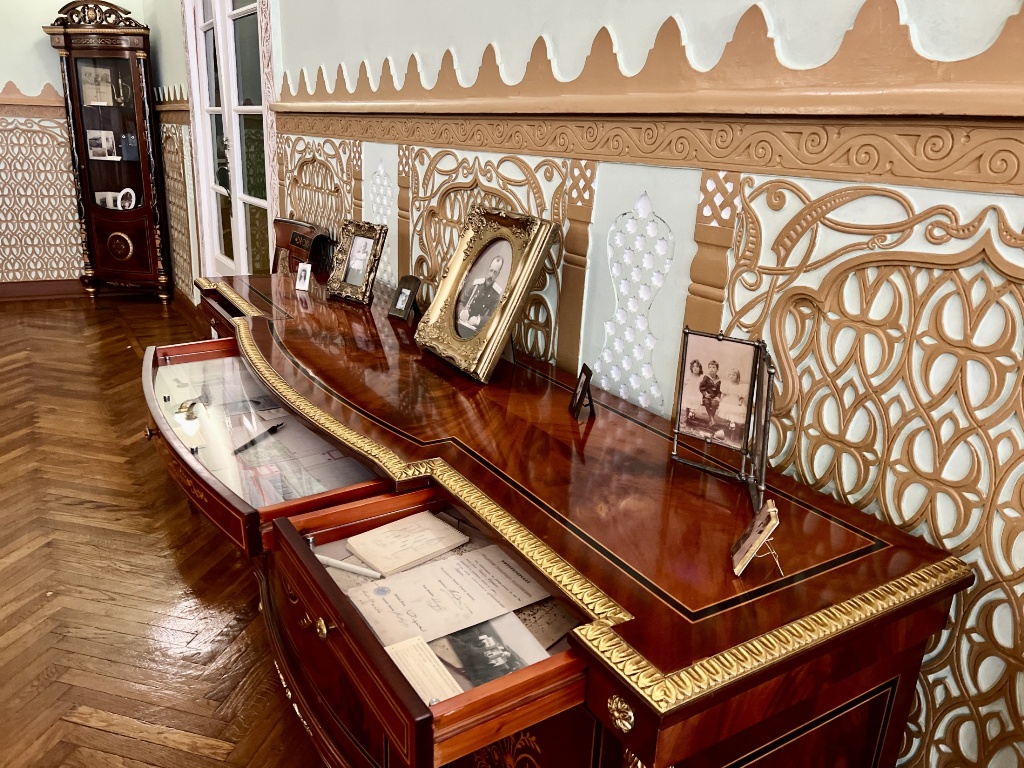
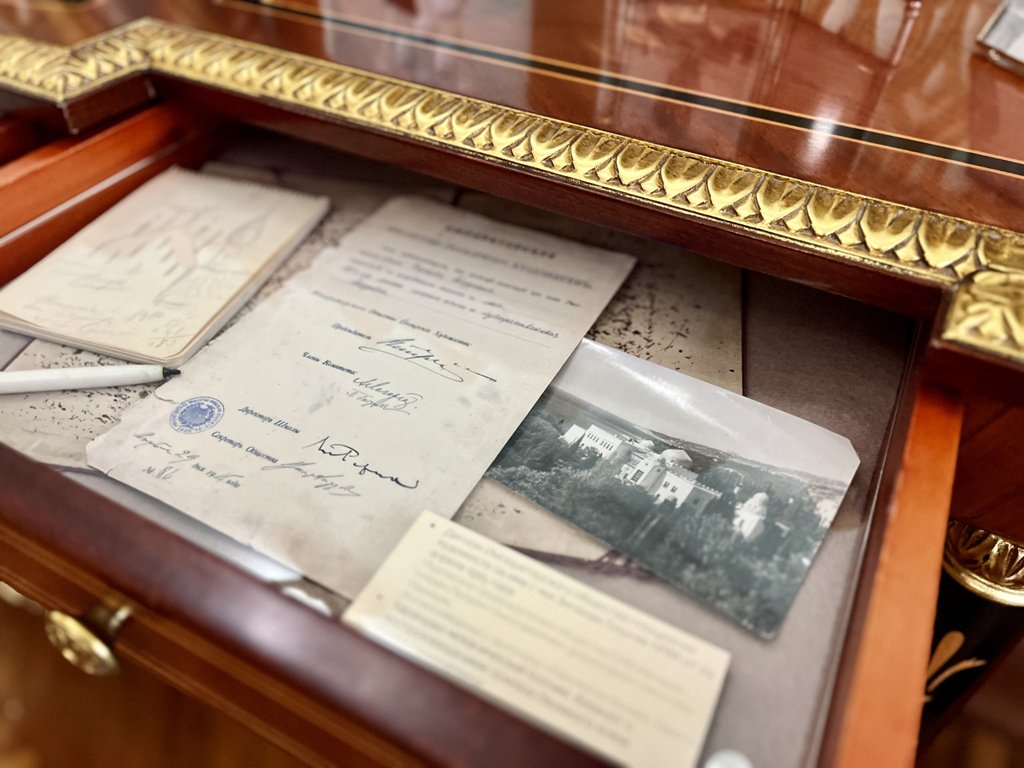
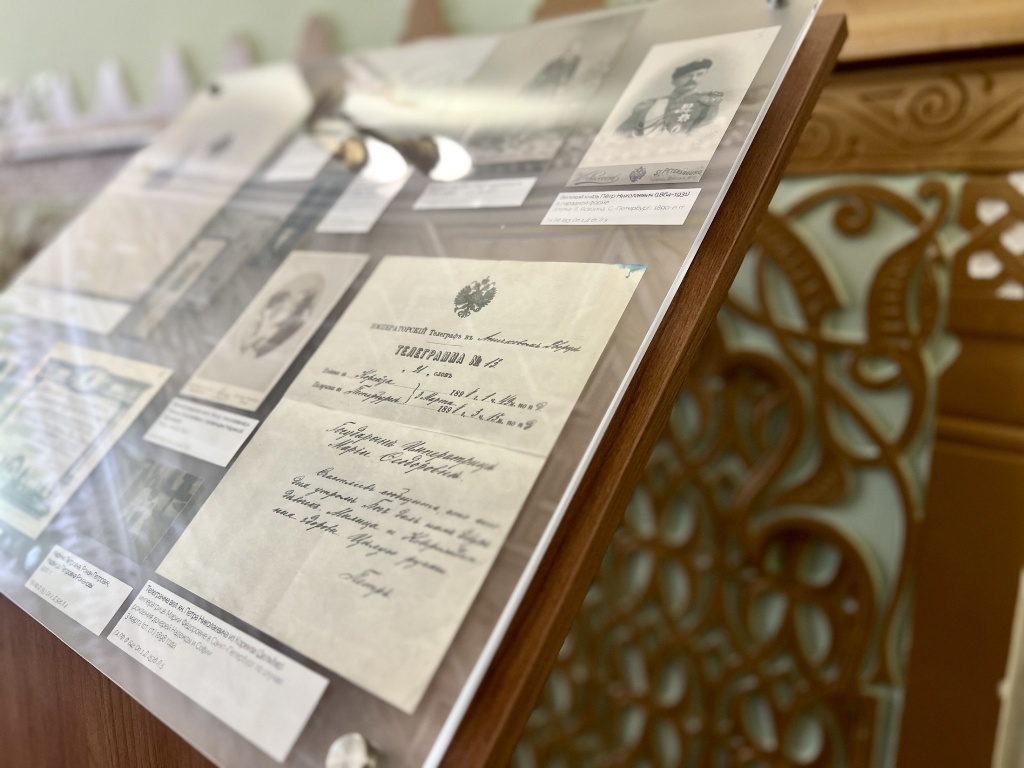
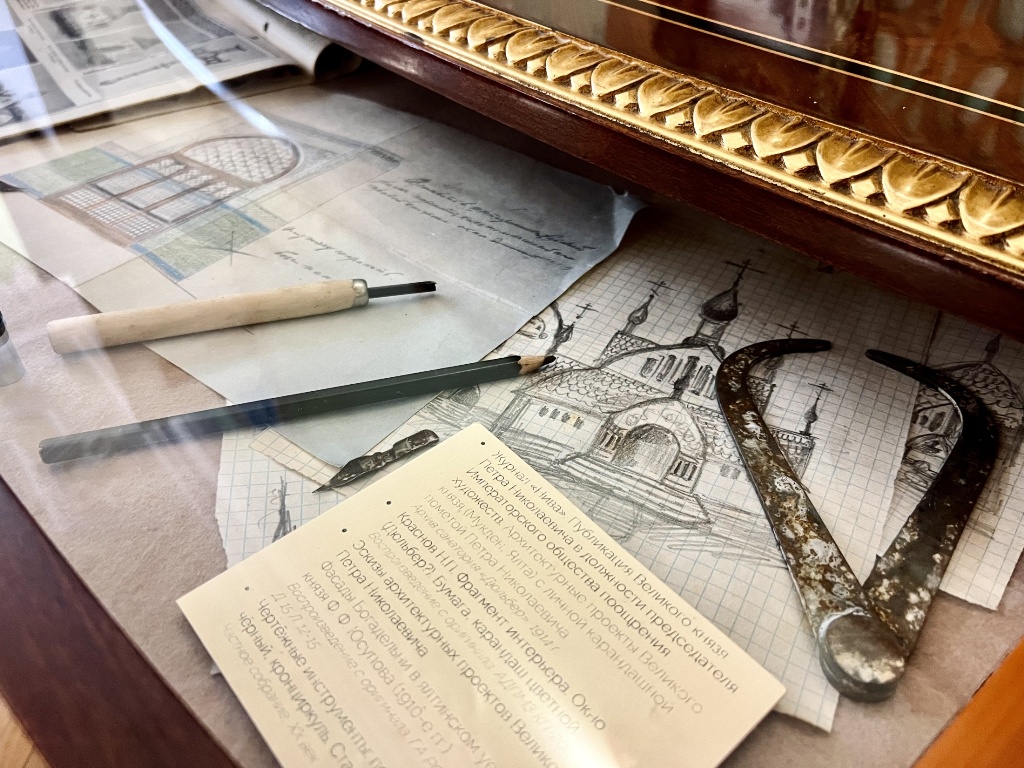
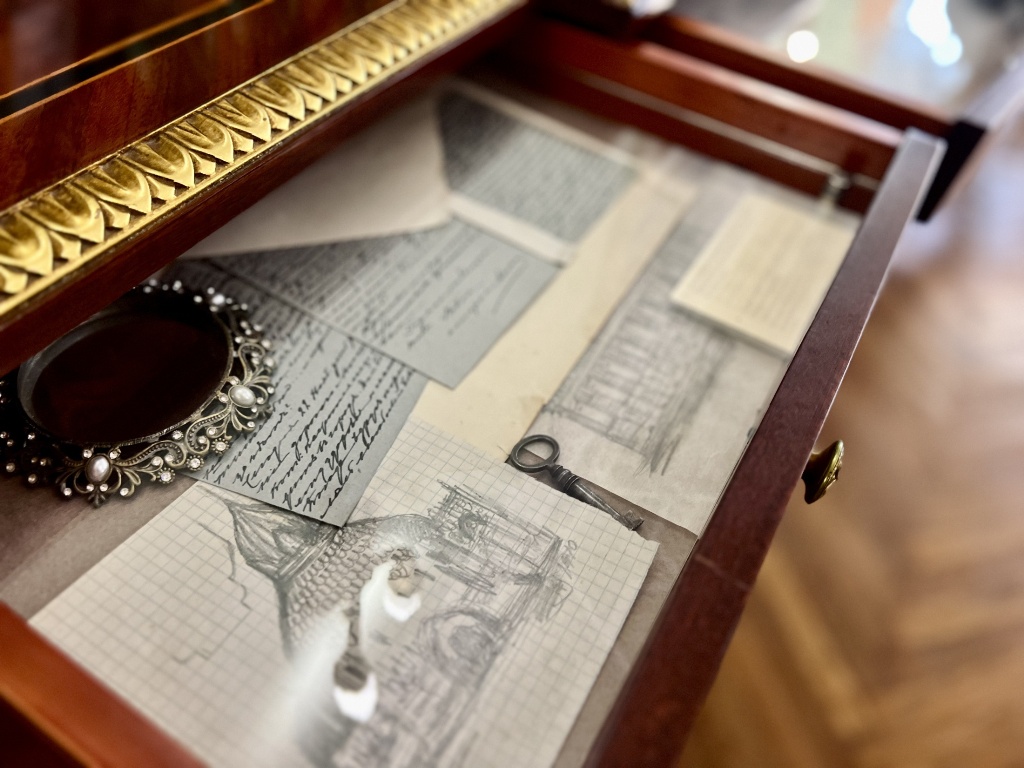
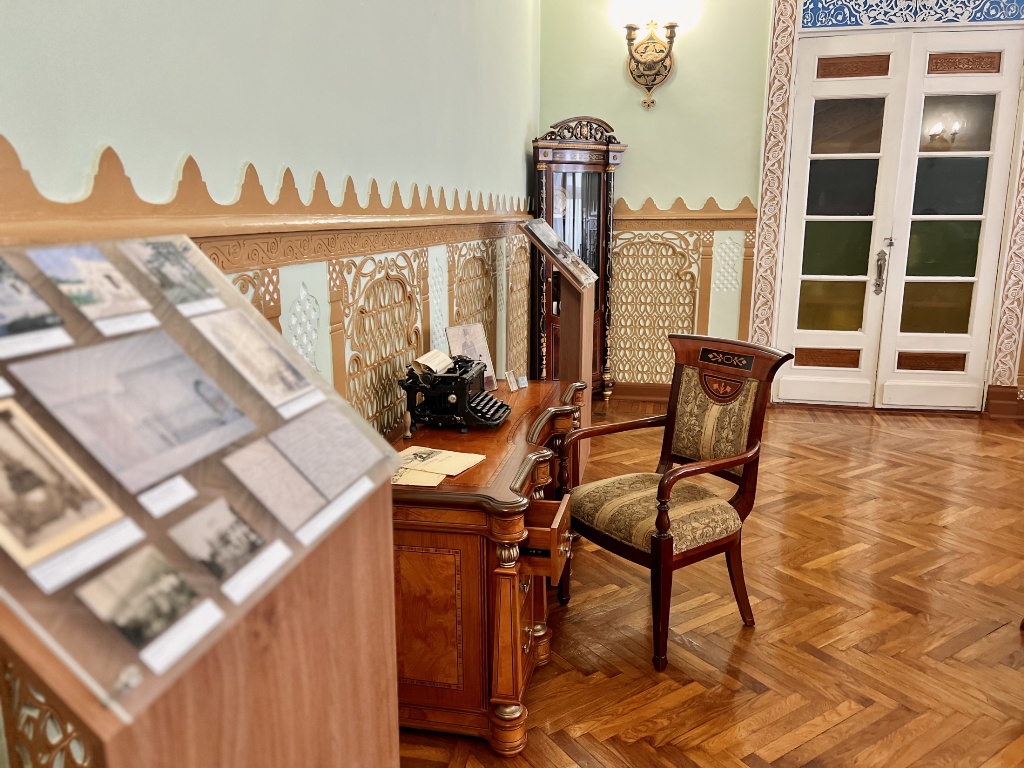
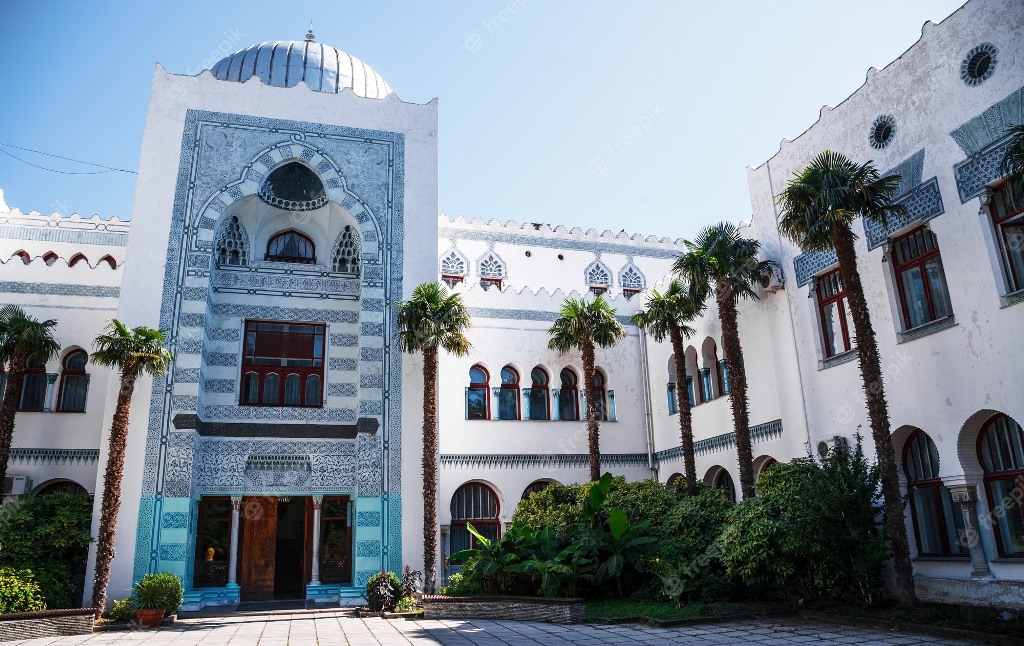
You must be logged in to post a comment.